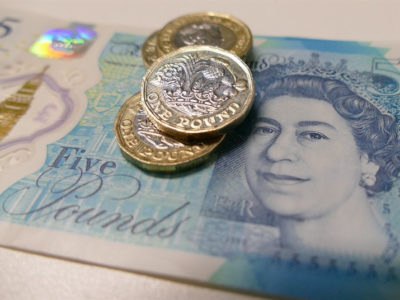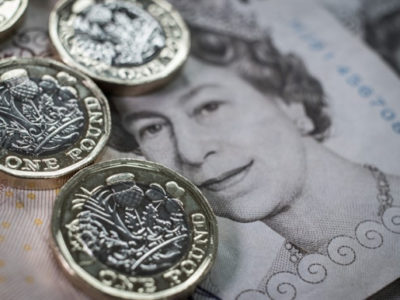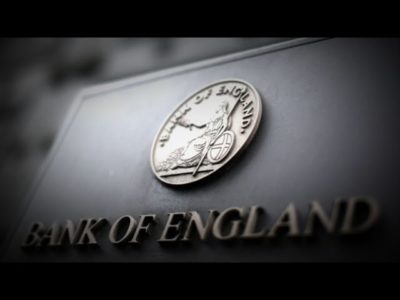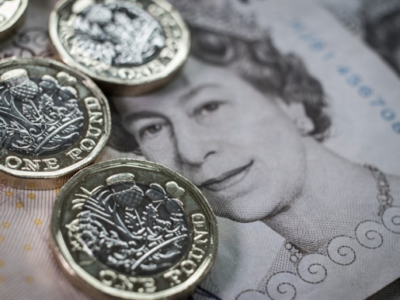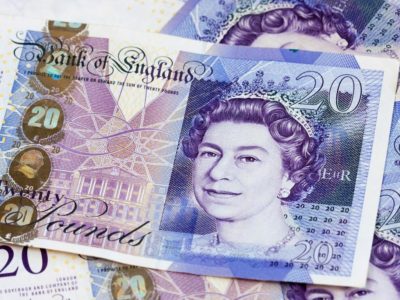Will We See a Repeat of the Infamous Soros Pound Trade?
If there’s one thing that George Soros is known for, it’s for being the “Man Who Broke the Bank of England” with his infamous pound short position during the UK Black Wednesday crisis. This trade was actually a few years in the making, leading up to the creation of the European Exchange Rate mechanism (ERM).
After World War II, European nations wanted to create a larger coalition with a market that could compete with the United States and forge tighter relations to prevent wars from breaking out every few years. This required the creation of a single currency, which was set against the Deutschmark and allowed to fluctuate within an acceptable band.
In 1990, the United Kingdom decided to join the ERM, even though Prime Minister Margaret Thatcher had been opposed to the plan. John Major, who then replaced Thatcher as Prime Minister, thought that the ERM would serve as an autopilot for maintaining inflation and monetary policy.
However, when a massive global recession struck in 1992, the UK had no means to adjust its monetary policy since its hands were tied by the ERM. At that time, Soros was already leading the Quantum Fund, which he founded way back in 1970. Soros knew that the pound was priced too high upon its inclusion in the ERM, and the dam broke when German central bank officials undermining the currency’s strength.
Bundesbank President Helmut Schlesinger in an interview admitted that realigning the ERM would result to one or two currencies coming under pressure. Soros took this as a sign that the pound was about to be devalued so he and his team built a $1.5 billion short position on the currency.
This was when Soros’ popular words “Go for the jugular” were uttered as he went for a larger position from $1.5 billion to $10 billion that ultimately toppled the Bank of England’s currency regime, costing billions of dollars in British taxpayers’ money.
“Our total position by Black Wednesday had to be worth almost $10 billion,” Soros narrated. “We planned to sell more than that. In fact, when Norman Lamont (British Finance Minister) said just before the devaluation that he would borrow nearly $15 billion to defend sterling, we were amused because that was about how much we wanted to sell.”
Other hedge funds got word of this huge short pound position so they started following suit. Soon after the London markets opened for trading, British Finance Minister Lamont contacted PM Major to say that they no longer have enough funds to keep the value of the pound propped up. The government was left with one option, which was to have the central bank hike interest rates in order to encourage people to buy up the pound. However, this was unthinkable during the recession back then, as increasing borrowing costs would weigh further on growth.
As the value of the pound kept plummeting, Major had no choice but to give the green light on a rate hike from 10% to 12% but the markets didn’t seem to be buying it. The government followed up with another increase of 300 basis points, taking interest rates up to 15%, but this was widely interpreted as a desperate play. Later that night, Lamont held a news conference to announce that the UK would be exiting the ERM.
Enter Brexit
This time around, several market watchers think that the pound might be in a similar predicament as the UK is about to vote on its membership in the European Union. In exiting the EU, the UK could address several issues on economic governance, competitiveness, sovereignty, and immigration.
Economic analysts have been debating on how much economic damage or benefit this might cause the UK. On the one hand, this could allow the UK to save up on membership fees which amount to 12 billion GBP on average. It can also regain control of its borders, which is an important issue given the wave of Syrian refugees in the past few months. On the other hand, leaving the EU could compromise trade agreements and result to higher tariffs on UK goods shipped to other parts of Europe.
The referendum is set in June and early opinion polls that it’s a close race between those voting to stay in the EU and those who want a Brexit. Some argue that a Brexit scenario could be short-term bearish for the pound but eventually turn in its favor. For now, though, pro-Brexit sentiments, such as those shared by London Mayor Boris Johnson, have been negative for the pound while anti-Brexit remarks from Chancellor Osborne, BOE head Mark Carney, and even US President Barack Obama have lifted the currency.
Soros himself warned that a Brexit could cause widespread job losses in the UK, but he also pointed out that the EU is on the verge of collapse. However, he didn’t exactly specify if the Quantum Fund had any huge bets against any of the currencies this time.
For one, the euro and pound were at the front and center of the ERM issue back in the 90s and this isn’t exactly the case with a potential Brexit. The British pound has been trading independently of the shared currency so it freely appreciates or depreciates against other global currencies, as opposed to floating within a fixed band. Exiting the EU would have no major repercussion on this currency regime or their central bank’s monetary policy approach.
Still, long-term positions can still be viable depending on the outcome of the referendum and the fiscal and economic adjustments that the UK government has in mind. This time, however, the pound’s movement could be more dependent on fundamentals and market sentiment so the immediate reaction might not be as drastic. Besides, market participants appear to have priced in their expectations a long while back, which suggests that the currency could resume its normal trading patterns after the referendum results are announced, barring any major central bank or government action of course.
http://priceonomics.com/the-trade-of-the-century-when-george-soros-broke/
The post Will We See a Repeat of the Infamous Soros Pound Trade? appeared first on Forex.Info.
Source:: Will We See a Repeat of the Infamous Soros Pound Trade?

